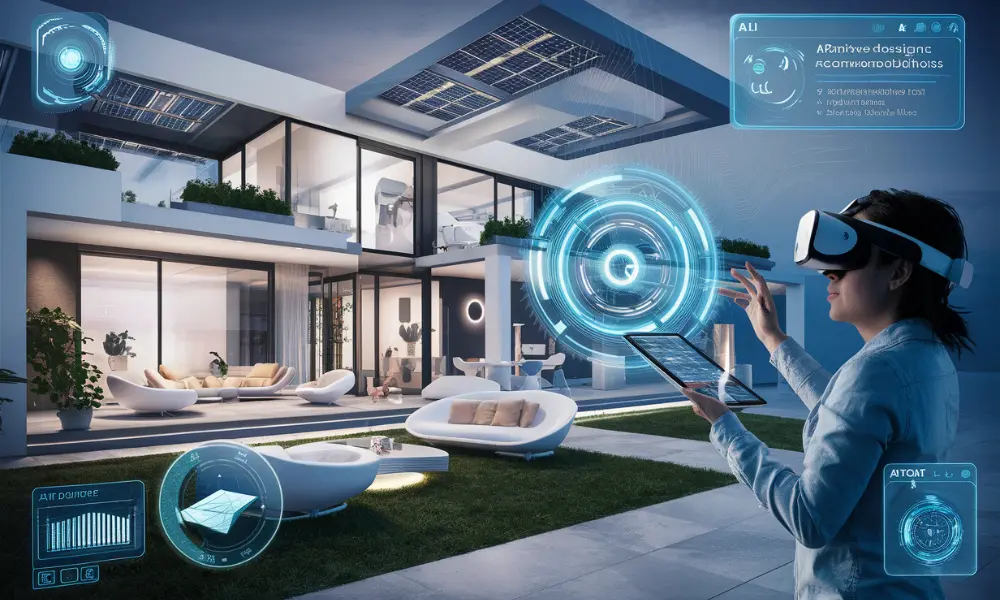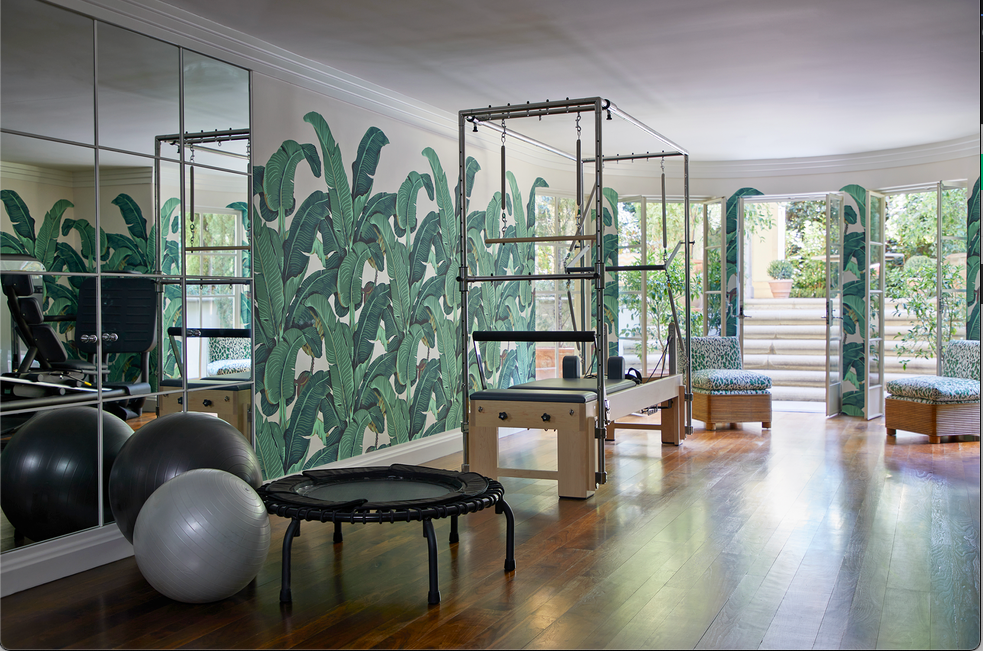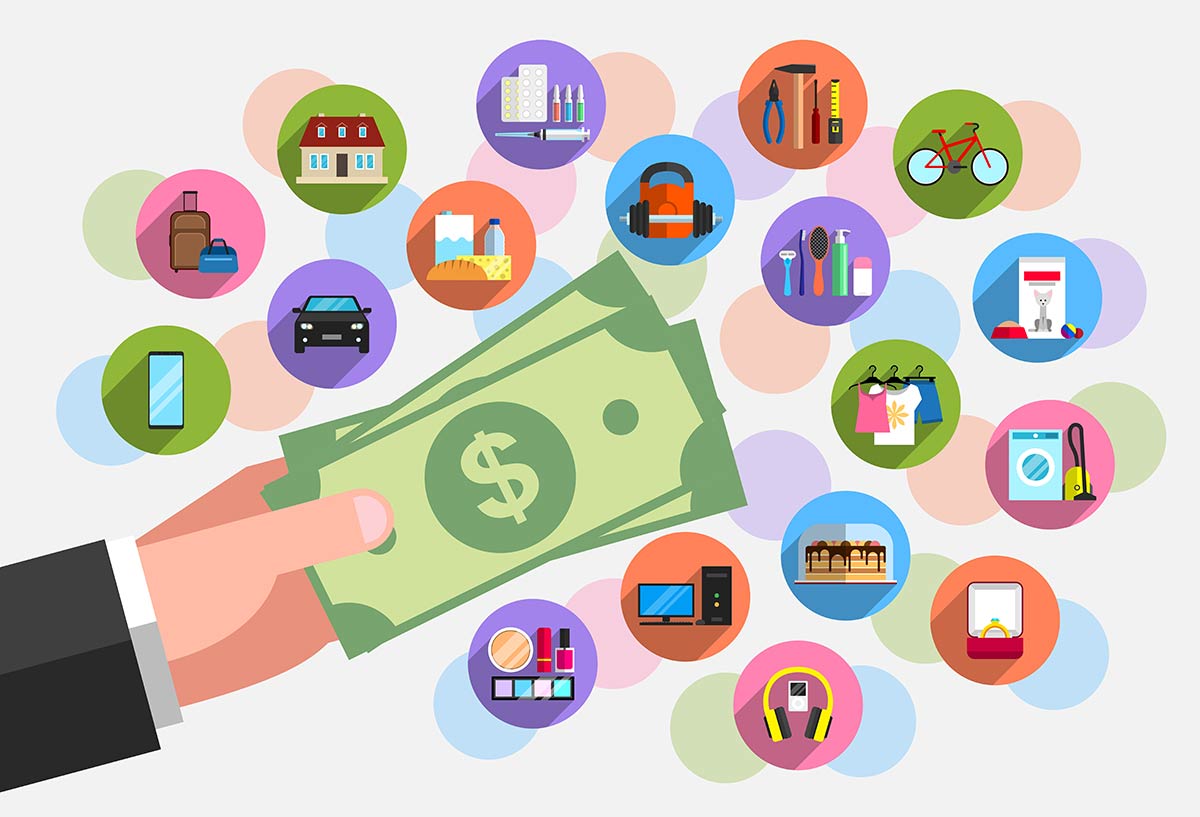In 2025, artificial intelligence (AI) is redefining the way we envision, plan, and experience interior spaces. What once required days of back-and-forth iterations, mood board revisions, and 2D sketches is now streamlined through intelligent platforms capable of generating hyper-personalized designs in minutes. Explore how AI powered design tools are transforming interior design with smart platforms for space planning, mood boarding, and real-time 3D visualization.
From AI-generated mood boards that reflect a client’s style and preferences, to auto-generated floor plans and real-time 3D renderings, designers are embracing a new generation of tools that prioritize speed, personalization, and precision. These platforms aren’t replacing designers—they’re amplifying creativity, enabling faster decisions, and empowering clients to visualize their dream spaces with unprecedented clarity.
This article explores the transformative power of AI in interior design, the top tools reshaping the field, the metrics proving their value, and expert insights from Mattias Knutsson on how procurement and supply chain strategies are adapting to this creative shift.
Why AI is a Game-Changer in Interior Design
AI in design goes far beyond automation. It’s about enabling:
- Hyper-personalization based on user preferences, lifestyle, and behavior
- Efficiency in space planning and layout optimization
- Immersive visualization with AR/VR and 3D models
- Cost forecasting tied to real-time procurement data
According to Allied Market Research, the global AI in interior design market is projected to grow from $1.1 billion in 2023 to $4.3 billion by 2028, growing at a CAGR of 31%.
Top AI Powered Design Tools in 2025
1. Havenly AI Studio
- Offers AI-driven design mood boards from questionnaire inputs
- Generates shoppable rooms with retailer-integrated product links
- Used by both consumers and design pros for visual planning
2. Modsy AI Pro
- Utilizes photorealistic 3D renderings powered by generative AI
- Integrates real-time room measurement and spatial flow logic
- Allows drag-and-drop customizations with visual feedback
3. Planner 5D Smart AI
- Suggests optimal layouts based on room size, usage intent, and furniture stock
- Offers VR walkthroughs and multi-device syncing for team collaboration
4. RoomGPT
- Text-to-room rendering platform
- Allows clients to input design styles and get AI-generated layouts instantly
- Great for mood exploration and stylistic experimentation
These platforms reduce project timelines by 30-50% and improve client satisfaction scores by enabling co-creation and clarity during early-stage planning.
Design Process Before and After AI
| Phase | Traditional Process | AI-Enhanced Process |
|---|---|---|
| Initial Consultation | In-person, subjective | AI questionnaire, digital inputs |
| Mood Board | Manual compilation | AI-generated personalized boards |
| Space Planning | Manual layout drawing | AI-optimized floor plans |
| Visualization | Sketches or mockups | Real-time 3D rendering |
| Client Revisions | Multiple emails and delays | Instant AI-assisted adjustments |
Benefits for Designers and Clients

- For Designers:
- Reduce manual design time by 40%
- Automate repetitive tasks (e.g., furniture placement, lighting simulation)
- Focus more on creative direction and client interaction
- For Clients:
- Real-time feedback on ideas
- Immersive previews and AR walkthroughs
- Clear understanding of costs and timelines
Sustainability and Smart Procurement
AI is also making sustainability more accessible in design:
- Tools now integrate environmental impact scoring of materials
- Designers can filter for low-VOC, FSC-certified, or recycled options
- Procurement platforms suggest green alternatives with similar specs and pricing
This intersection of AI and procurement is helping clients make eco-conscious decisions without sacrificing design integrity.
Global Trends: Personalized Spaces Meet Smart Tech
From Dubai to Copenhagen, smart interior design is going global. In Denmark, 68% of new apartments now integrate AI-based spatial planning. In the U.S., over 40% of interior designers use at least one AI tool in their workflow.
The demand for personalized, tech-enabled interiors is also reshaping real estate. Homes and condos with smart layouts and AI-optimized design features are commanding 7–12% higher resale values, according to Zillow.
Mattias Knutsson: Strategic View on AI and Design Integration
Mattias Knutsson, a global leader in procurement and development strategy, views the AI-design convergence as a strategic advantage—not just a design evolution.
“The future of interior design is modular, scalable, and data-enhanced. AI gives us the tools to build smarter, not just prettier.”
Knutsson emphasizes:
- Supply chain readiness for AI-driven procurement needs
- Material planning systems that sync with AI design platforms
- Vendor integration for on-demand inventory linked to design specs
“Smart design is a business function. If you know your client’s space requirements, style, and sustainability goals, you can optimize sourcing before construction begins.”
He encourages firms to align design software with procurement software to avoid costly mid-project changes and accelerate go-to-market timelines.
Conclusion:
AI-powered interior design tools are no longer futuristic novelties—they’re central to modern creative workflows. As clients demand faster results, greater customization, and eco-conscious options, AI empowers designers to deliver on all fronts.
Platforms like Havenly AI Studio, Modsy Pro, and Planner 5D aren’t replacing the human touch—they’re elevating it. They allow designers to do what they do best: create emotionally resonant, visually impactful, and highly livable spaces.
As Mattias Knutsson notes, “In the age of intelligent design, the smartest spaces will be those that balance aesthetics, function, and foresight.”
The revolution is not in what we build—but in how we imagine, plan, and personalize the environments we live in.




